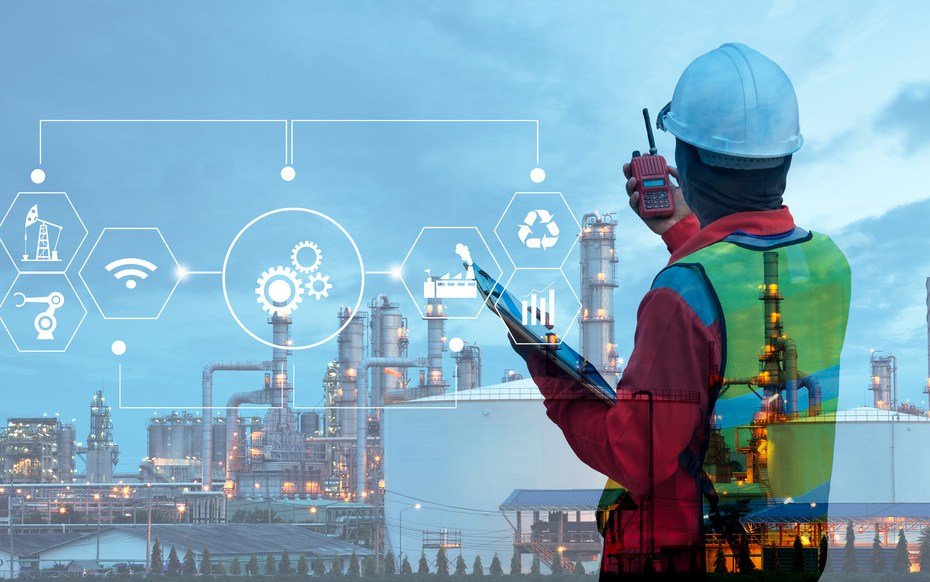AI and Machine Learning in Pipeline Operations
/From industrywired
As pipelines continue to serve as an important back bone of the energy infrastructure, digital technologies are being used to monitor, operate, and maintain them. Artificial intelligence (AI) and machine learning (ML) are being deployed and studied in many different ways for pipeline management.
AI is great for completing repetitive, precise tasks that humans perform poorly— for example, calculation, measurement, statistical analysis, control, etc., for pipeline engines. With the right data feeds, AI is excellent at infrastructure monitoring to identify leaks and areas that need maintenance. Automated sensor-based monitoring is more thorough, more omnipresent, and more efficient than human-only inspection, which can only cover so much ground.
The Pipeline Research Council International (PRCI) has used AI to:
Estimate pipe material strength and durability based on the chemical composition
Estimate expected engine and compressor operating parameters to compare against the actual parameters to identify decline in equipment performance and efficiency
Estimate engine emissions
Detect potential threats on the pipeline right-of-way
PRCI is also working on:
Improving the reliability, detection, and accuracy capabilities of existing leak detection systems using machine learning
Knowledge-guided automation for integrity management of aging pipelines for hydrogen transport
Working with Pacific Northwest National Laboratories, which is working on machine learning methods to detect pipe anomalies using inline inspection data
Deploying digital twins and simulations to monitor real-time status and run future scenarios
Technology from GTI, a research center in Chicago, uses sensors in the cab of equipment that can identify when the machine is moving, digging, or performing any other activity. It can send real-time alerts when it may be digging too close to a pipeline, preventing expensive damage.
AI will be critical in meeting growing energy demands while also meeting emissions goals. The technology is coming down the pipeline.



